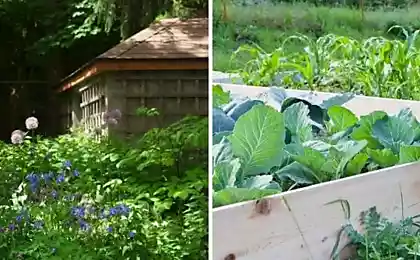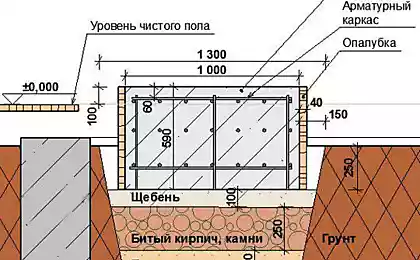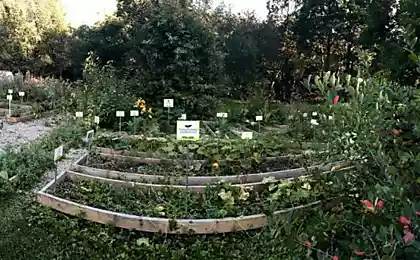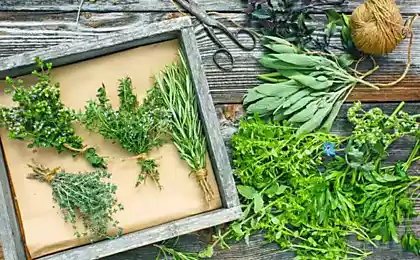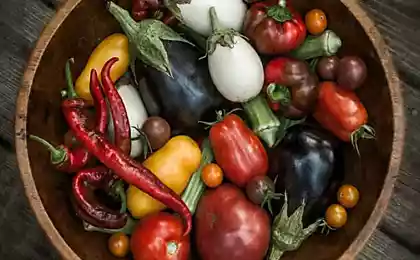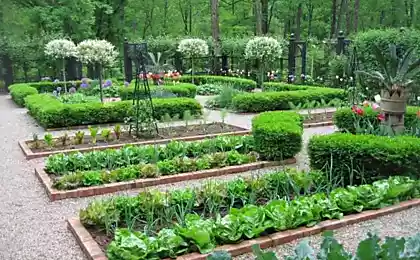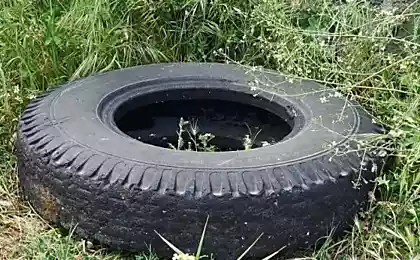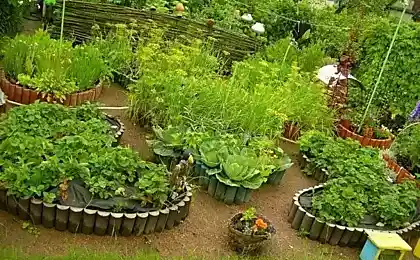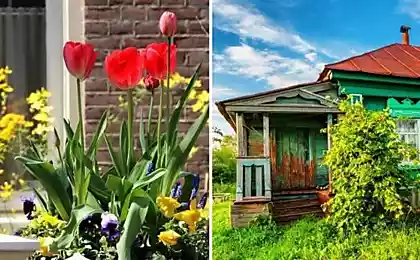157
Mustard for kitchen garden and for giving
Creating a kitchen garden from green crops and spicy plants, do not forget about mustard! It can be sown in a pot or, like a watercress, on a saucer in wet gauze.

Sarepta mustard or salad (Brassica juncea) is an annual herbaceous plant from the cabbage family, with a erect, branched stem, 20-90 cm high. The lower rosette leaves are large, lyre-shaped, with elongated, side blades and an oval top, the upper ones are lancet, sedentary. The flowers are small, yellow, collected in carpal inflorescences; they bloom in June-July. Fruits are pods; they ripen in August.
Classes for kitchen garden and for giving:
“Fresh” (the leaves are dark purple);
“Pupil” (leaves curly on the edge);
“Sadko” (the leaves on the veins are dark purple) and others.
Where can you find leaf mustard in nature?
It is found in fields, gardens, along roads, near housing as wild in the steppe, less often forest-steppe areas throughout the territory.
Application
Sareptic mustard or salad mustard is a cultivated spicy, honey-bearing, medicinal plant. They eat young leaves with a mustard aroma, shoots (salads), seeds with a delicate savory taste (in cooking, when canning).
For therapeutic purposes, seeds are used that have anti-inflammatory, antiseptic, appetite stimulating, secretolytic, and other effects; they are used for the production of mustard. An aqueous solution of mustard powder can be used to treat plants, protecting them from aphids, caterpillars, slugs.
Accommodation in the country
Since mustard is most often grown for greens, it can occupy a separate bed in the garden or in combination with other precocious green crops. If you need to get seeds, you can not find a better place than in the motley lawn, where she will bring her modest yellow touch to the overall picture of flowering. The distance between plants is 8-10 cm, between rows of 25-30 (45) cm, the depth of seeding 1-2 cm. Preferably not too damp, sufficiently fertile soil, except sandy and wetlands. It is siderate with a lack of phosphorus and sulfur, loosens the soil.
It's interesting.
As a spice in culture, white mustard and black mustard are also cultivated, the seeds of which are used in the food industry in the canning of vegetables, mushrooms, fish, ground in the preparation of dishes from cabbage, meat soups, minced meat, in the bakery, confectionery industry. Mustard oil is also widely used in the food industry. published
P.S. And remember, just changing our consumption – together we change the world!
Join us on Facebook, VKontakte, Odnoklassniki
Source: vk.com/public44431169?w=wall-44431169_323807

Sarepta mustard or salad (Brassica juncea) is an annual herbaceous plant from the cabbage family, with a erect, branched stem, 20-90 cm high. The lower rosette leaves are large, lyre-shaped, with elongated, side blades and an oval top, the upper ones are lancet, sedentary. The flowers are small, yellow, collected in carpal inflorescences; they bloom in June-July. Fruits are pods; they ripen in August.
Classes for kitchen garden and for giving:
“Fresh” (the leaves are dark purple);
“Pupil” (leaves curly on the edge);
“Sadko” (the leaves on the veins are dark purple) and others.
Where can you find leaf mustard in nature?
It is found in fields, gardens, along roads, near housing as wild in the steppe, less often forest-steppe areas throughout the territory.
Application
Sareptic mustard or salad mustard is a cultivated spicy, honey-bearing, medicinal plant. They eat young leaves with a mustard aroma, shoots (salads), seeds with a delicate savory taste (in cooking, when canning).
For therapeutic purposes, seeds are used that have anti-inflammatory, antiseptic, appetite stimulating, secretolytic, and other effects; they are used for the production of mustard. An aqueous solution of mustard powder can be used to treat plants, protecting them from aphids, caterpillars, slugs.
Accommodation in the country
Since mustard is most often grown for greens, it can occupy a separate bed in the garden or in combination with other precocious green crops. If you need to get seeds, you can not find a better place than in the motley lawn, where she will bring her modest yellow touch to the overall picture of flowering. The distance between plants is 8-10 cm, between rows of 25-30 (45) cm, the depth of seeding 1-2 cm. Preferably not too damp, sufficiently fertile soil, except sandy and wetlands. It is siderate with a lack of phosphorus and sulfur, loosens the soil.
It's interesting.
As a spice in culture, white mustard and black mustard are also cultivated, the seeds of which are used in the food industry in the canning of vegetables, mushrooms, fish, ground in the preparation of dishes from cabbage, meat soups, minced meat, in the bakery, confectionery industry. Mustard oil is also widely used in the food industry. published
P.S. And remember, just changing our consumption – together we change the world!
Join us on Facebook, VKontakte, Odnoklassniki
Source: vk.com/public44431169?w=wall-44431169_323807
Attention, the thief! 10 rules that can save the lives of our children
A new job or a new career: how to understand what You need

